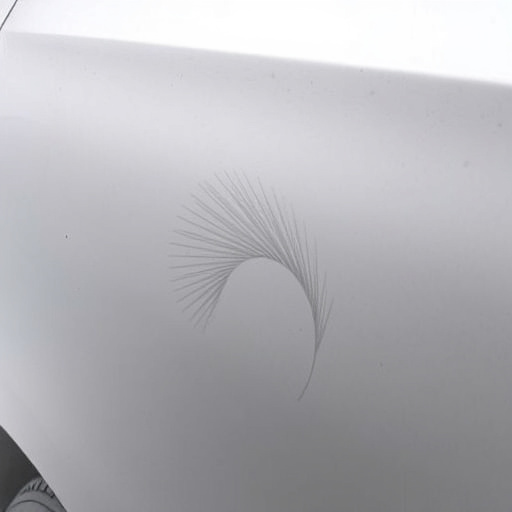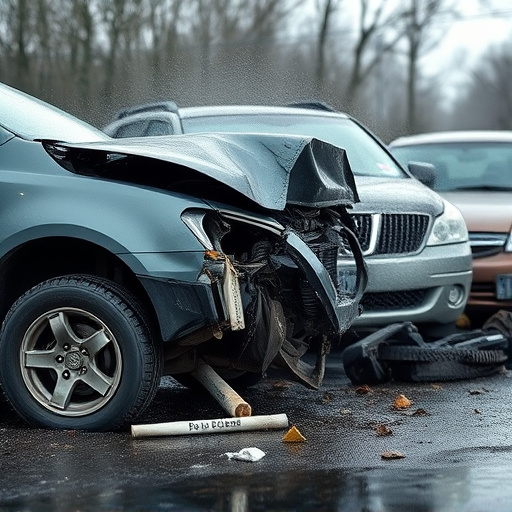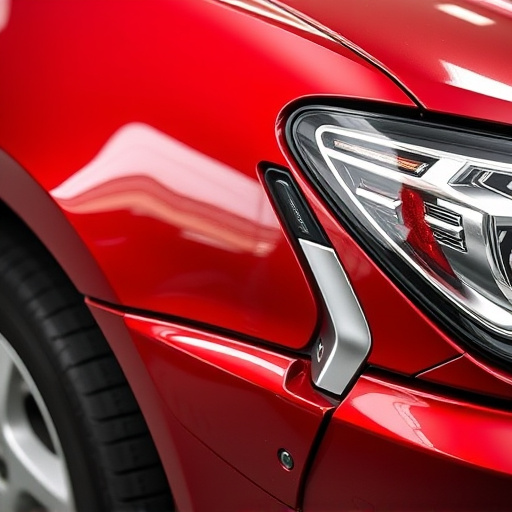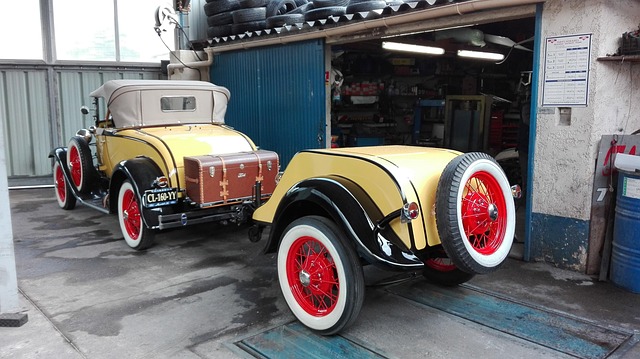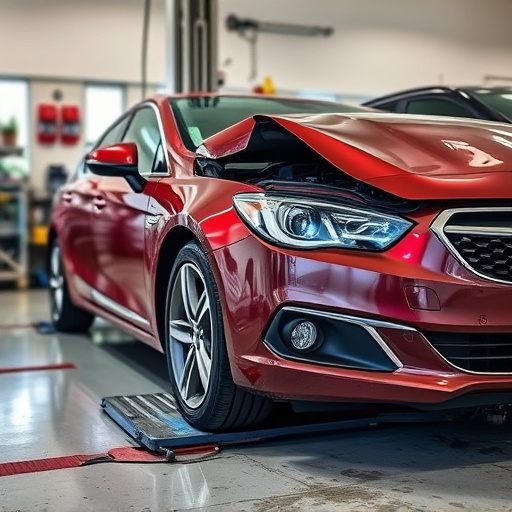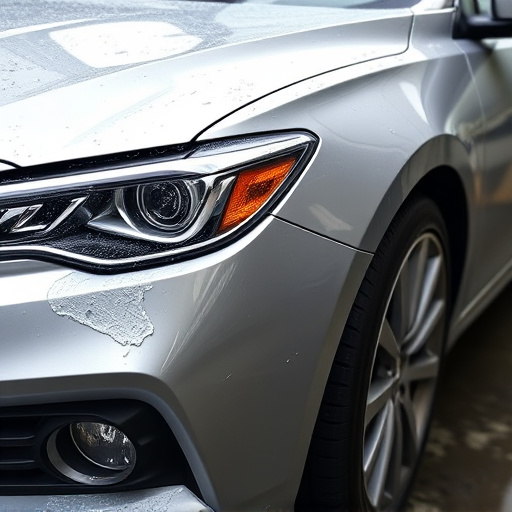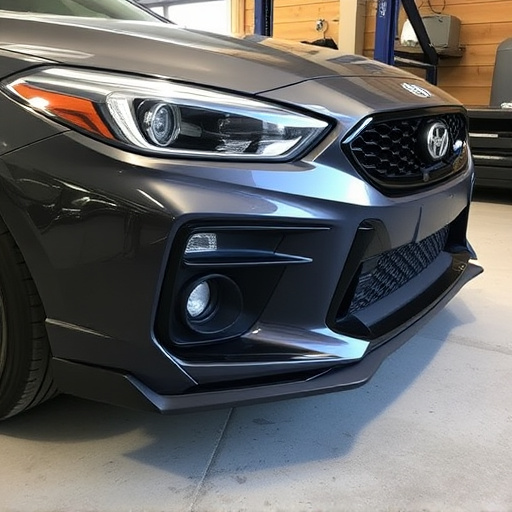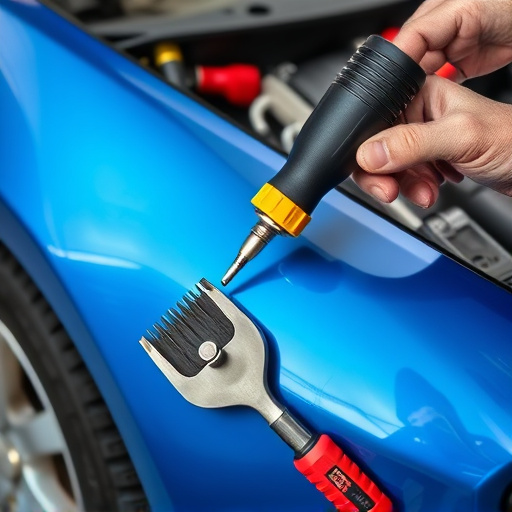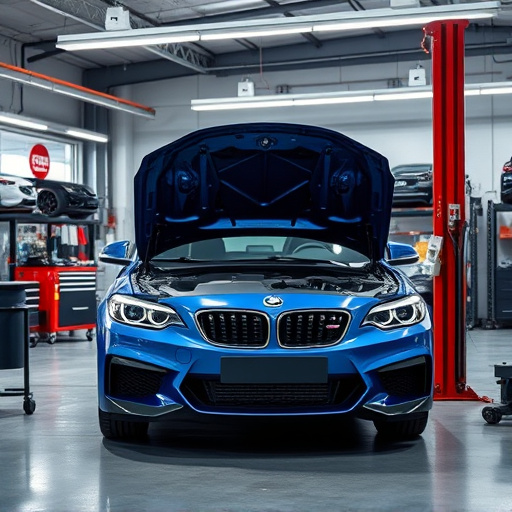Collision repair satisfaction depends on addressing common customer complaints about dent repair quality and communication breakdowns, such as unclear timelines and costs. By establishing transparent dialogue, actively listening to clients' needs, and providing continuous updates, repair facilities build trust. Implementing rigorous quality standards, advanced equipment, and regular technician training ensures high-quality workmanship, while continuous improvement fosters customer confidence in collision repair services.
In the realm of collision repair, ensuring customer satisfaction is paramount. This article explores effective strategies to address common issues plaguing this sector. We delve into understanding the root causes of client complaints, highlighting the pivotal role of communication in fostering positive experiences. Furthermore, we discuss quality assurance processes and continuous improvement initiatives that promise better outcomes. By implementing these tactics, collision repair facilities can enhance their reputation, build trust, and ultimately elevate collision repair satisfaction.
- Understanding Common Complaints in Collision Repair
- Effective Communication: The Key to Enhancing Customer Satisfaction
- Quality Assurance and Continuous Improvement for Better Outcomes
Understanding Common Complaints in Collision Repair
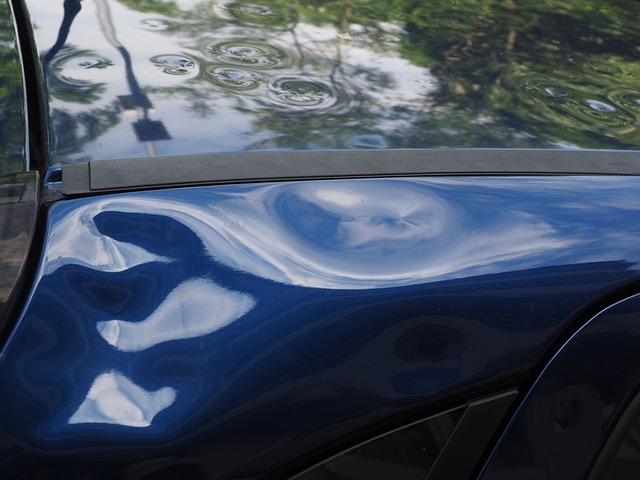
Collision repair satisfaction is heavily influenced by understanding and addressing common complaints that arise during the process. Customers often express dissatisfaction with the quality of repairs, especially in areas like vehicle dent repair, where misalignments or remaining dents can be noticeable. This leads to concerns about the craftsmanship involved, particularly when it comes to auto painting and car paint services.
Another frequent issue is communication breakdown between repair shops and customers. Lack of transparency regarding timelines, costs, and the scope of work can foster distrust. Customers expect clear explanations for every step of the collision repair process. By proactively identifying these common issues, repair facilities can implement strategies to enhance customer satisfaction, ensuring that every interaction reflects a commitment to high-quality work and open communication.
Effective Communication: The Key to Enhancing Customer Satisfaction
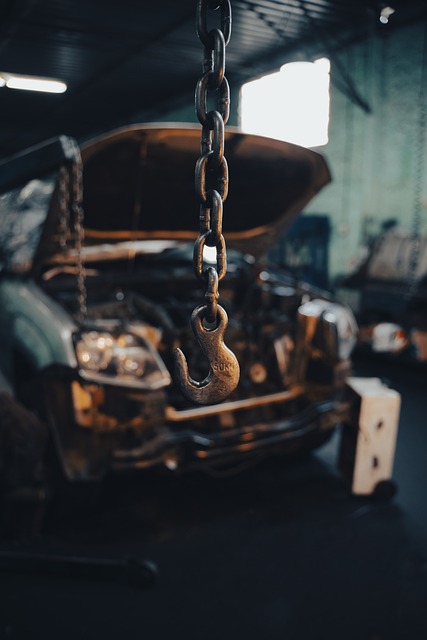
Effective communication is a cornerstone when aiming to enhance customer satisfaction in collision repair services. Creating a transparent and open dialogue with clients from the outset can set the tone for a positive experience. Technicians and staff should actively listen to customers’ concerns, expectations, and specific requirements regarding their vehicle’s auto body restoration. By doing so, they demonstrate understanding and allow for personalized solutions that meet individual needs.
This two-way communication process extends beyond initial discussions. Keeping clients informed throughout the repair process—sharing updates, explaining procedures, and addressing any questions or fears—build trust and ensures customers feel valued. A well-informed client is more likely to be satisfied with the final results, fostering a positive perception of the automotive body shop’s car bodywork services.
Quality Assurance and Continuous Improvement for Better Outcomes
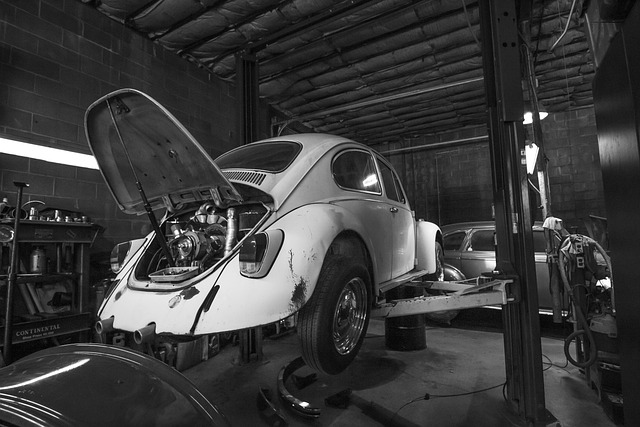
Ensuring quality assurance is a cornerstone in achieving superior collision repair satisfaction. It involves rigorous standards and processes to guarantee that every vehicle undergoing restoration meets or exceeds expected standards. This includes meticulous attention to detail during the repair process, utilizing advanced equipment and techniques for precise car body restoration, and regular training for technicians to stay abreast of industry best practices. By upholding these stringent quality measures, repair shops can deliver consistently high-quality work, fostering customer trust and confidence in their abilities.
Continuous improvement further complements quality assurance efforts. Collision repair facilities should embrace a culture of learning and adaptation, continually seeking ways to enhance their services. This might involve incorporating innovative technologies for more efficient vehicle bodywork repairs or refining existing workflows to streamline the entire repair process. By embracing continuous improvement, these businesses can stay ahead of industry trends, cater better to customer needs, and ultimately contribute to enhanced collision repair satisfaction.
Collision repair satisfaction is a multifaceted issue that can be significantly improved through understanding common complaints, effective communication, and implementing quality assurance strategies. By actively listening to customer feedback and continually enhancing service processes, collision repair shops can foster higher levels of satisfaction, build stronger relationships with clients, and ultimately thrive in an increasingly competitive market.


